Anglers Booking Team
The expert copywriters at Anglers Booking have meticulously crafted this article. Our dedicated team of writers provides valuable insights and information to enhance your angling experience.
 13 minutes read
13 minutes readEvery fishing technique has something special, be it movement, equipment, or skill, but sight fishing emphasizes the dimension of direct visual interaction with the environment in which we catch fish!
This technique, while somewhat primitive, is a source of immense joy and excitement. It's not just about providing lunch but also about the thrill of the chase! It demands a sharp eye, precision, and patience, as well as strong focus and self-control.

Indeed, somewhere, you have had the opportunity to see anglers treading cautiously in the sea or river shallows, and if you are curious and want to learn more about this technique, this guide will allow you to do so.
Therefore, let's embark on this adventure together and discover where the beauty of sight fishing technique is hidden.
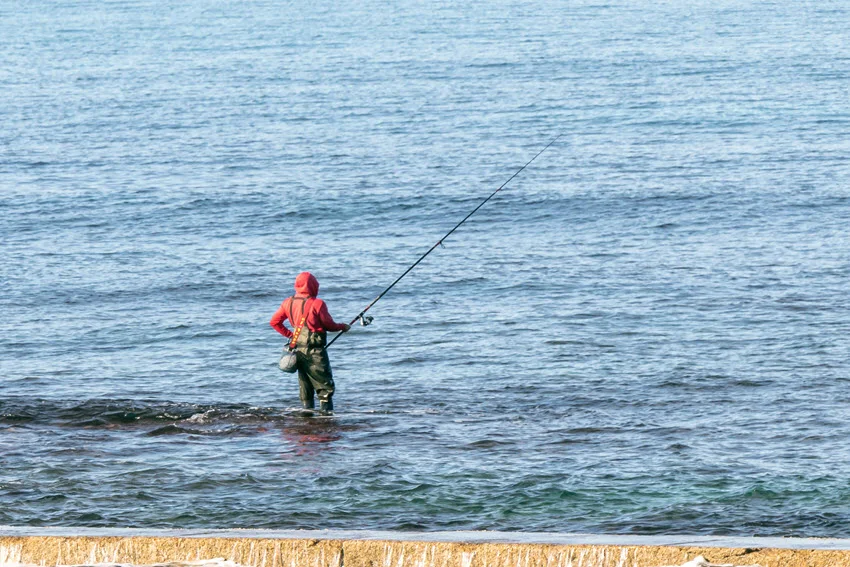
Before you cast your rod into clear water, you must first make sophisticated use of your primary tool, which is your eyes. Sight fishing is essentially wading through the water as quietly as possible and in harmony with its natural rhythm.
Armed with polarized glasses, you observe and follow the fish in their natural habitat. It's a combination of acting and sport; every movement has to be coordinated and calculated so that the fish don't get scared when they see it. While on shore or in a boat, watch the water for signs of fish. These signs include fish movement, shadows, or occasional fish surfacing.
Once you recognize the signs of fish presence, place your bait to attract shy or wary fish. Move it carefully to mimic natural movement. Depending on the type of fish, this can involve pulling the bait at a slow and steady pace or faster and more dynamic movements. Sight fishing is often used in shallow waters, such as coastal areas, lakes, and rivers, where visibility is good, and fish often swim close to the surface.
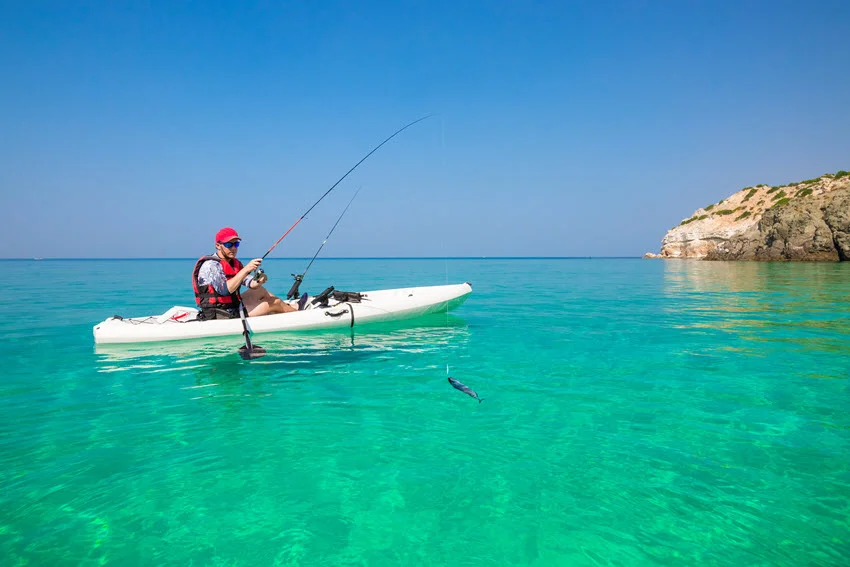
Today, sight fishing is popular due to its uniformity, focus, and somewhat ambush-type approach. This approach involves positioning yourself in a way that allows you to surprise the fish, often by blending into the surroundings or using the element of surprise. The angler is almost directly involved in the environment of the target fish species. Sight fishing not only improves the control and precision of throwing baits but also enables fishermen to better understand the behavior and reactions of the fish.
The increased satisfaction comes from watching the fish and their reactions to the bait, which makes the fishing experience more exciting and challenging. In addition, sight fishing enables selective catches, thus helping to preserve the fish stock and reducing the catch of unwanted species.
Very visually attractive, sight fishing can also be practiced from small boats or canoes, making it more fun and relaxed. In addition, the gear is inexpensive, and the technique is accessible to everyone, including children. It's a technique that welcomes all, regardless of age or experience.

The best times to use sight fishing are sunny days when the water is clear and transparent, which allows better visibility of fish and lures. This technique is often associated with tropical areas and spacious beaches with crystal water and shallows. In addition to coastal sea zones, it is also used in lakes, rivers, or areas with coral reefs where fish are often visible.
The ideal time for sight fishing is usually early morning or late afternoon. It can also be used when fish show activity near the surface or near rocks and vegetation where they often hide. It is no less successful in murky waters or during cloudy days when visibility is reduced, as catches are likely to be missed.
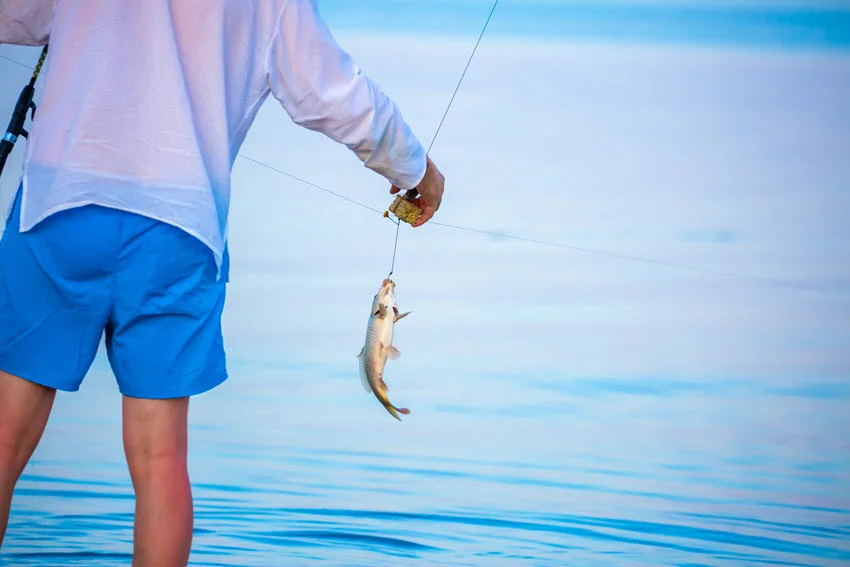
Fish congregate in sight-fishing situations due to their natural behavior and environmental factors. In clear waters, fish can see movement at a great distance, which makes them inclined to investigate potential prey that looks realistic. If features such as submerged structures, vegetation, or reefs are nearby, they provide additional cover and ambush points, attracting fish to congregate in these areas.
Sight fishing makes excellent use of all these characteristics. If you understand the habits of fish and the spawning season, you'll know that during the spawning period, fish often come to specific places, which can be spotted by fishing with a view. This knowledge gives you a significant advantage in the water.
Also, some species are sensitive to changes in temperature and light and are more active and visible during optimal periods, such as early morning or late afternoon when the water is usually calmer and the fish are more likely to be near the surface. If they are lucky, some fish will react to disturbances in their environment, such as the presence of anglers or the movement of bait, which can attract them to the area.
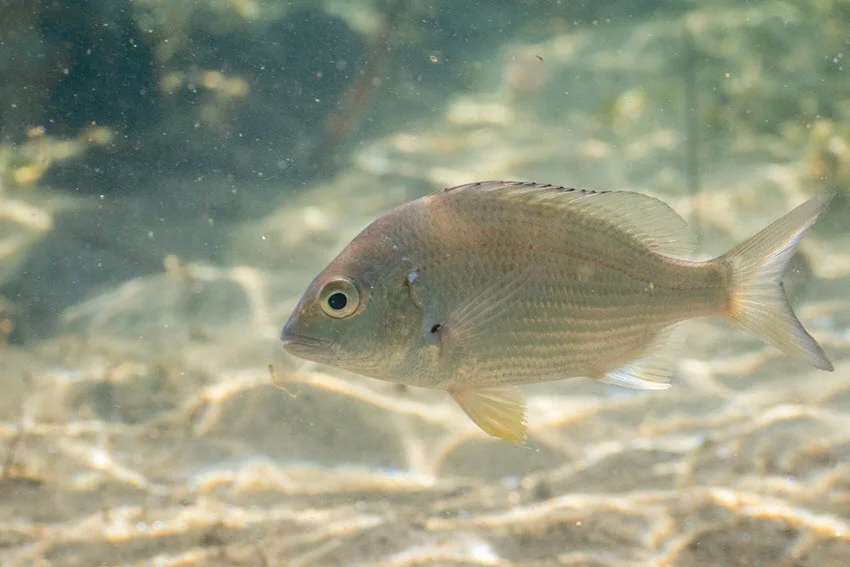
Whether you're sight fishing in fresh or saltwater, you're mainly targeting fish living in close quarters that you can catch without making a lot of noise with your movements. Here are the most common types:
Carp: Relatively common target in freshwater areas due to its presence in shallow water and tendency to stick close to shore. They often scour the bottom for food, which makes them ideal for this technique.
Trout: Vsrta are known for their alertness and quick reactions, which makes them a challenging target for sight fishing. They can often be seen in fast-flowing streams and rivers, where they hunt for small insects or fish.
Perch: Aggressive and with masterful hiding abilities in the water. This type of fish is often caught in rivers and lakes, where it can be seen in places with good visibility.
Tilapia: A fish known for its presence in warm waters and can often be seen in shallow areas of lakes and rivers.
Pike: Aggressive and hungry, often found in shallow salt water. They move very quickly and are a challenging catch for sigh fishing anglers.
Redfish: Redfish are probably one of the most famous inshore fish, often found in coastal areas and estuaries.
Barracuda: One of the more vicious fish that can be caught by sight fishing, but with great caution and experience.
Bream: Another favorite coastal species that likes to swim is the Bream in estuarine areas. Their presence near the coast and their characteristic feeding behavior make them suitable for this technique.
Although, in principle, you can catch larger fish, such as Tuna or Tarpon, you must be aware of the difficulty of such a challenge and the required experience.
Initially an unusual approach to fishing, this technique supports classic fishing gear from rods to lures. Let's take a closer look at the equipment.
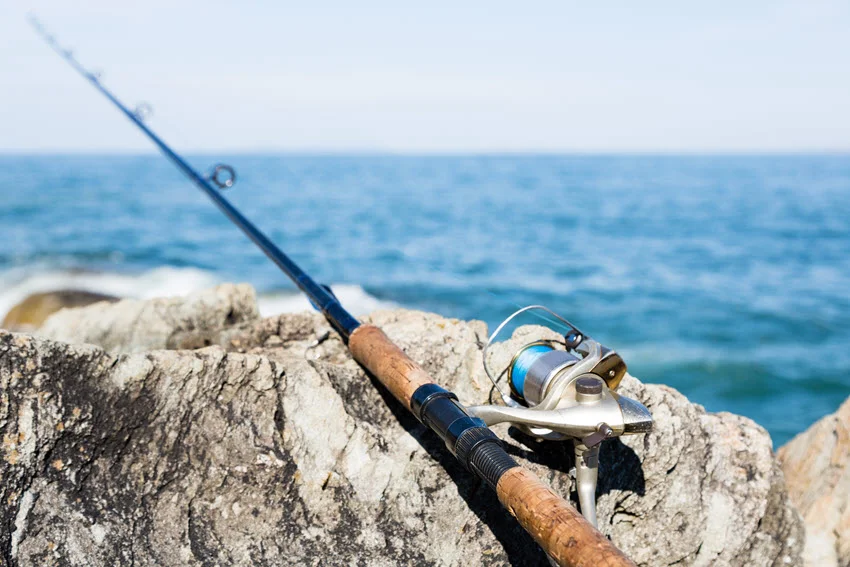
Sight fishing rods must be precise, light, and sensitive to the fish, making the rod choice crucial for success. Here is an overview of the most commonly used rod types in sight fishing.
Fast Action Rods: They bend mainly at the tip, which provides excellent sensitivity and reaction. They enable quick countering and are sufficiently quick for the slightest bites. They are handy for fishing with soft plastics and tiny wobblers.
Medium-Strength Rods: They offer a good balance between strength and flexibility. They provide enough power, but they are also versatile and suitable for many sight fishing situations.
Spinning Rods: These rods are designed with guides on the underside of the blanket and are used in combination with spinning reels. Anglers favor them for their ease of casting and sensitivity.
Casting Rods: Casting rods with guides on the top side of the blanket offer greater casting accuracy and are preferred when precision is key, such as when targeting fish around structure or in specific spots.
Ultra-Light Rods: Ultra-light rods are designed for light lines and have high sensitivity to detect gentle bites. They are excellent for choppy shallow water where the fish are wary. They enable a more subtle presentation and precise control.
The key is that the rod is light for you and that you can maneuver it precisely, stably, and safely and simultaneously feel every fish touch.
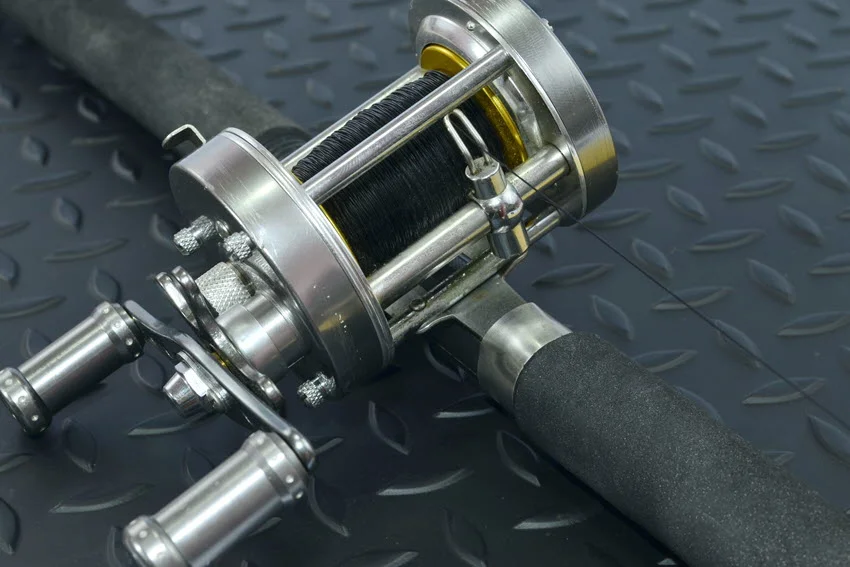
For sight fishing, the reel is that gear that will give you precision and control when the fish bites the bait. They are mostly matched with the corresponding rods, so please pay attention to the following:
Spinning Reel: Designed with a front or rear brake system, it is ideal for sight fishing due to its ease of casting and handling. Smooth casting and reeling of the line are ensured, and it works best with soft plastic lures in shallow water.
Baitcasting Roll: They have a brake system on the top, offering greater precision and control when casting. They are excellent for sight fishing around structures or in complex conditions. It will provide power and accuracy and benefit weight management of lures and larger fish.
Low-Profile Baitcasting Reel: This reel is compact and ergonomically designed for more comfortable use without losing precision and power. It is ideal for fishing in different positions and for longer fishing sessions, as it reduces hand fatigue.
Spinning Reel with Long Cast Design: They have specially designed guides and spools for longer and more accurate casting. They are a good choice for sight fishing in open water, where a long cast is required to reach the desired spot.
Micro Spinning Reel: These reels are small and light, designed for light lines and small lures, and are perfect for sight fishing in clear and shallow waters where fish are wary and subtle presentation is required.
Always make sure that the roles are aligned with the rest of the gear. This will avoid jams and jamming lines.

A quality line will provide you with the necessary sensitivity, precision, and invisibility, which is very important in sight fishing, especially if you like to pursue suspicious and wary fish.
Monofilament Lines: Basic and simple, they are made of a single layer of material, usually nylon. They are often used because they are flexible, absorb shocks well, and make it easier to control baits. They are ideal for shallow waters where the line must be light.
Fluorocarbon Lines: Made of fluoropolymer and known for their resistance to water pressure and invisibility, they are almost perfect for sight fishing in clear waters where invisibility is key to success.
Braided Line: They are very strong and wear-resistant, composed of several layers of thin threads. Useful for sight fishing when high strength and minimal stretch are required, for hunting larger fish, or in situations where quick and precise bait management is needed.
Combined Lines: This type consists of a mixture of monofilament and fluorocarbon materials, offering the advantages of both types: a balance between visibility and strength and flexibility and strength.
Remember that fish are sensory creatures and that even if you use a slightly more visible line, you can replace them with a quiet move, thus proving your fishing skill.

Rigs are a key part of the entire fishing setup because they enable the adaptation of baits and fishing techniques to specific conditions. When it comes to sight fishing, the following equipment is used.
Texas Rig: A Texas rig is a setup in which the bait is placed in a special way so that the hook does not hang outside the bait. This reduces the line's entanglement and ensures uniformity and a smooth draw.
Carolina Rig: Here, the bait is placed at the end of the line, which is separated from the weight by means of a silicone stopper. Thus, the bait has good contact with the stopper and can be fished in different conditions.
Drop Shot Rig: Used when the bait needs to move freely above the bottom. Excellent for precise targeting of fish found in specific layers of water when high sensitivity and bait control are required.
Wacky Rig: A wacky rig involves placing the hook through the middle of the bait, making its movements free and more natural. It is excellent for hunting fish in shallow waters and in conditions where a specific action of the bait is required to attract the fish's attention.
Choosing the right rig for sight fishing can drastically affect your ability to present the bait accurately and attract fish. Understanding these types of rigs and how to adapt them to yourself and your idea of sight fishing can turn fishing luck in your favor.
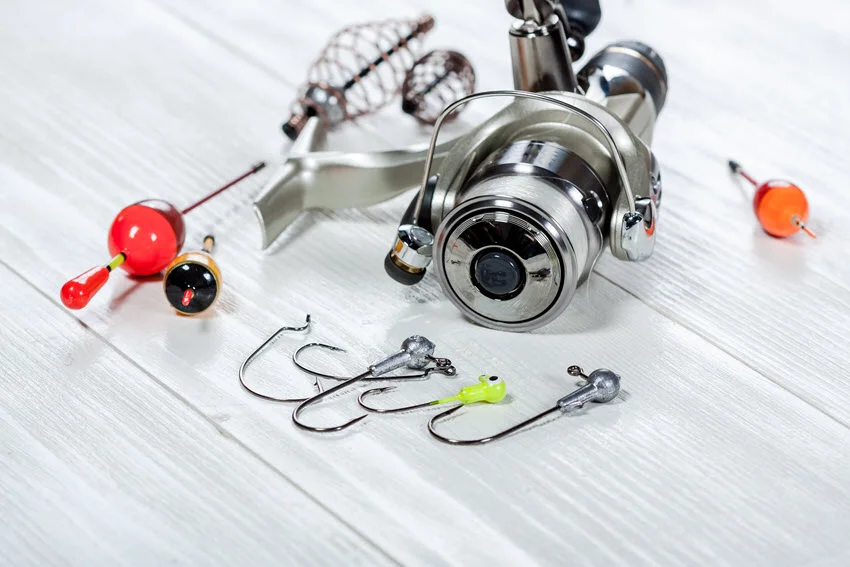
Given that sight fishing primarily involves the visual approach and that fish are curious creatures of the senses, the various hooks available enable efficient and precise bait placement. Choosing the right hook can significantly affect the success of fishing.
J-Hooks: Standard and probably the most commonly used hooks. They provide a solid and stable way to catch fish and are suitable for various live and artificial baits.
Circle Hooks: They are rounded and designed to hook in the corner of the fish's mouth automatically. They are good to use with live and natural baits.
Worm Hooks: These hooks are primarily used for easier placement of soft plastics and worms, and are ideal for fishing in shallow waters where it is important that the bait stays in a good position and does not get tangled.
Treble Hooks: They have three sharp points and are mainly used in combination with artificial baits, such as wobblers and spinnerbaits.
Drop Shot Hooks: Thanks to their specific design, they can freely move the bait above the bottom, giving the bait greater freedom of movement.
Remember that the most convincing and natural presentation of the bait is important for sight fishing, whether you focus on live or artificial bait.
The lure selection requires precision and carefully selected decoys to achieve the desired result. Whether you use natural or artificial bait, it is important to understand how each type of bait works and how best to apply it to different types of fish.
We won't lie if we say that sight fishing is more attractive on seas and oceans on so many levels. In addition to hunting, there is also the undisputed beauty of the scenery, and to enjoy the catch, pay attention to the following live and artificial baits.
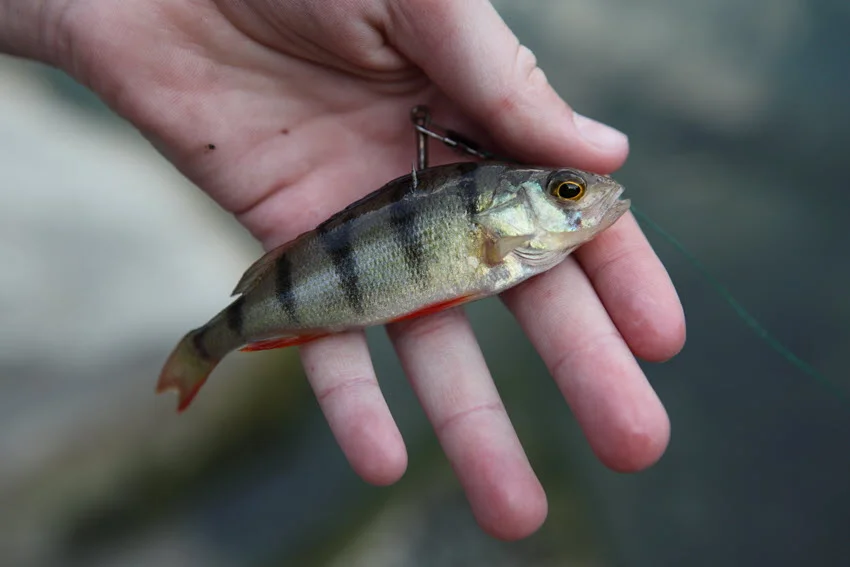
Small fish and various other sea creatures are often targeted by species such as Snook, Redfish, Tarpon, Flounder, and Bass, so it's a good idea to stick to these tried-and-true options or experiment with other live baits that are in line with the environment and species.
Small Fish and Crabs: Fish and crabs are often eaten because they are also the favorite foods of coastal species such as Snook, Redfish, and Tarpon. Their natural movements and smells can attract these fish, but so can their movements.
Sea Worms: Sea worms, such as hard red worms, are attractive to fish found in inshore areas and will serve to catch species such as Flounder and Bass. Their natural movement along the bottom often encourages fishing in coastal areas.
These are the most common choices, as most marine fish feed on these creatures. Of course, the choice is yours, and you can experiment with different baits.
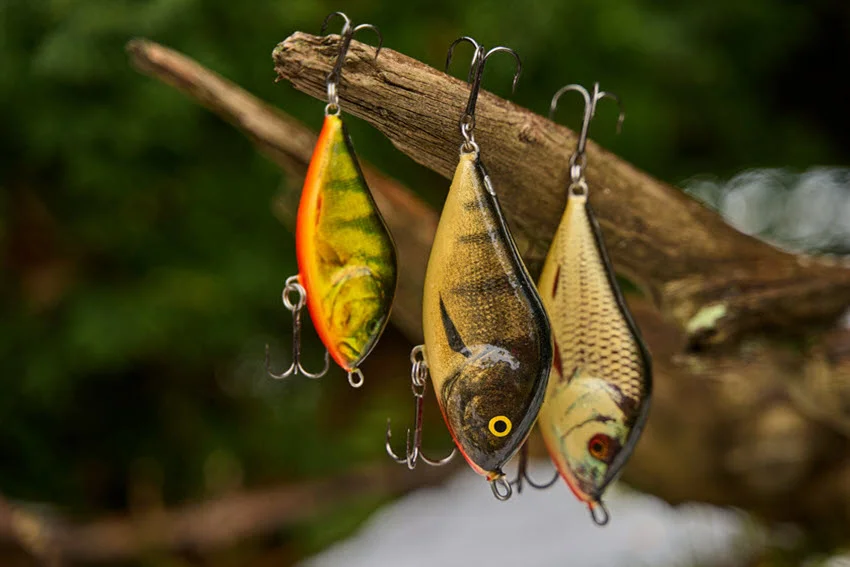
For some, artificial baits are an alternative; for others, they are the first and basic choice. Whichever group you belong to, our selection will undoubtedly benefit you,
Wobblers: These are artificial baits designed to imitate the movement and appearance of small fish. That is, they send a message of easy prey to larger predators. We offer Wobblers with different actions, from fast flashes to slow ones. They can imitate different types of fruit and adapt to specific needs.
Silicone and Rubber Fish: They come in a variety of shapes and colors, designed to mimic fish and other aquatic organisms. Some can be enriched with scents and flavors to attract fish even more.
Since the marine environments are immaculate and beautiful for sight fishing, take care not to leave behind parts of the bream and endanger the aquatic environment.
Sight fishing in freshwater primarily means finding clean and clear waters to practice and then adapting the choice of lures to the target freshwater fish.

You won't need anything complicated; moreover, you can find some of the baits yourself in an untroubled environment or buy them for a very favorable price.
Worms and Larvae: You can rarely go wrong with them in freshwater. They effectively attract fish such as Carp, Grass Carp, and Trout. They are naturally present in waters and often stimulate fish that are looking for food.
Bread and Dough: Used for baiting fish such as Carp and Tilapia. Bread can be shaped into balls or cubes and used as an additive to improve attractiveness.
You may wonder why bread and dough are so compelling and intriguing for fish. For anglers, the pliable nature of dough allows it to be easily flavored or colored.

You can choose from different types, like those used in saltwater fishing, and adjust their size and color.
Wobblers and Crankbaits: A versatile bait often used in sight fishing. Wobblers and crankbaits are extremely useful for sight fishing in freshwater. They imitate small fish's movements and appearance, making them attractive to predators such as Pike, Perch, and Bass.
Silicone and Rubber Fish: These types are artificial lures in a variety of shapes and colors, designed to imitate small fish, insects, and other aquatic organisms. They are especially useful for hunting predators such as Pike and Perch.
Pay attention to making their appearance as natural as possible and by the colors and size of typical food for freshwater species because otherwise, they could scare the fish.
Sight fishing can be applied in different water environments, from the open sea to coral reefs and rivers, significantly adding to its attraction. It is primarily performed on foot and the shore, but with enough skill and sound equipment, you can adjust your strategy depending on the type of water and specific conditions.
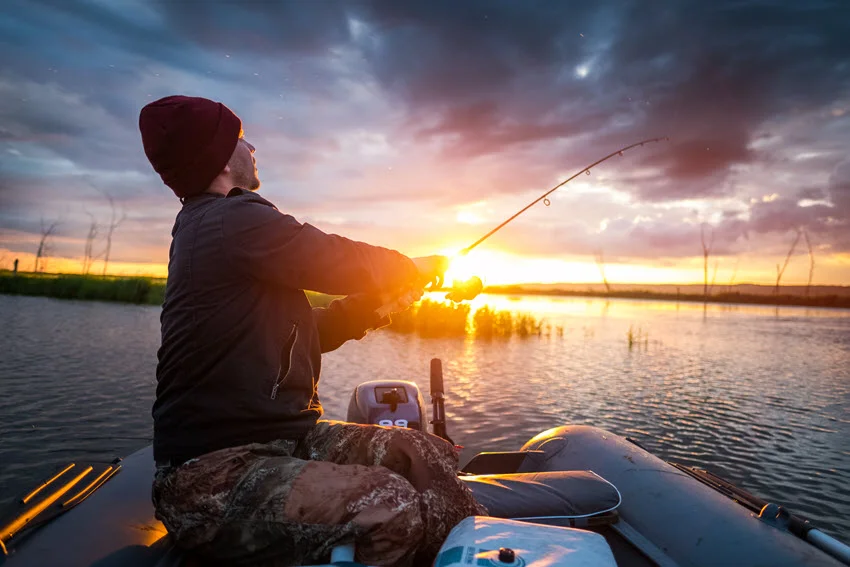
Estuaries, mangroves, and shallow shores are ideal for sight fishing. They are always productive, and in the seasons of most significant interest for sight fishing, i.e., when the waters are crystal clear, you can easily spot fish in shallow water and target them directly. This technique is beneficial in calm and transparent waters where fish are visible from the shore or a boat.
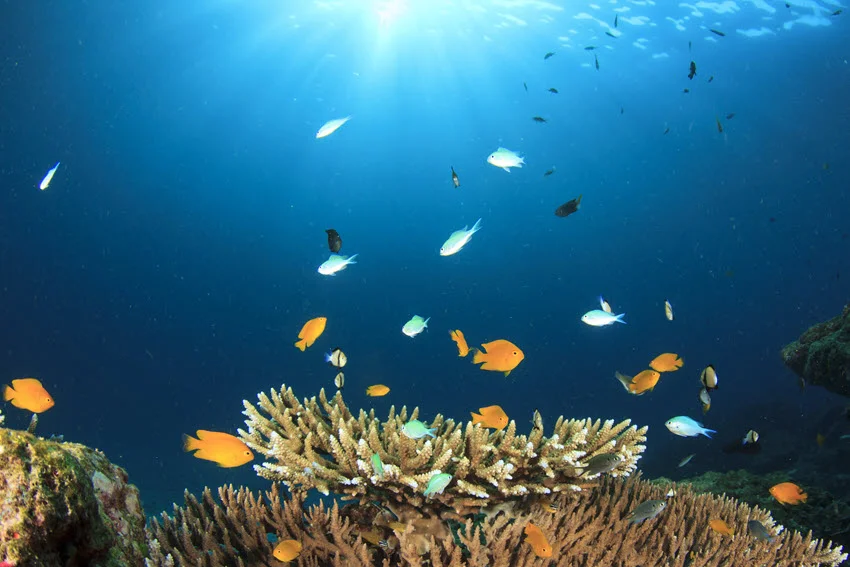
In the open sea, sight fishing can be challenging because of the long distances, but it can be performed, especially in areas near coral reefs. Here, you can even try your hand at sight fishing for bigger fish like Tuna. However, you need to position the boat well and ensure you can follow fish close to the surface or shallow bottom, which can be challenging in such conditions.

You need clear rivers and lakes, such as those in more remote mountainous areas. At the same time, such places are rich in beautiful fish like Trout. Such lovely, picturesque locations are ideal for this technique, as it allows anglers to relatively identify and target fish moving or feeding in those areas. Often, it is only necessary to walk along the shore, where one can discover fish looking for food or hiding in shelters.
In insight fishing, several specific techniques are similar to jigging and other fishing methods but adapted for visually targeted approaches. Here are some strategies that are often used in sight fishing:

Jigging, or "rising and lowering," is a technique that involves the use of heavy baits (jigs) that move up and down in the water. This method can be very effective in sight fishing, especially in cases where the fish reacts to fast movements and changes in the water. Jigging is used to attract fish that are in the middle layer or on the water bottom. Using bright or reflective-colored jigs can improve visibility and attract fish in apparent proximity
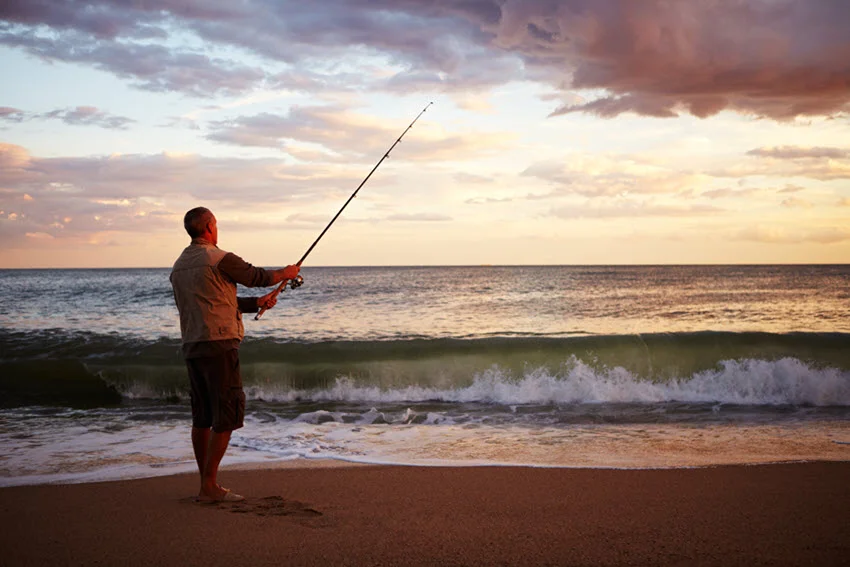
Flipping and pitching are techniques for accurately casting lures into tight or difficult spaces, such as cover or bottom structures. These methods are instrumental in sight fishing when the fish may be hidden by vegetation or other obstacles. Flipping is usually used for short and fast throws while pitching is used for longer and more accurate throws. These techniques allow anglers to target fish that are harder to reach and often hidden.

Topwater fishing is a technique in which the bait is held on the water's surface. This method can be highly effective in sight fishing when the fish show activity near the surface. Using topwater baits, such as frogs, climbers, or floats, can cause the fish to react and make easily visible attacks. This technique is ideal for hunting fish that feed on surface insects or small fish.

Drop shot fishing is a technique that involves placing the bait on the top of a special lead while the line is fixed on the lower part. This method allows the bait to be held in a specific position, often near the bottom or middle layer of water. Drop shot fishing can be very effective for sight fishing when the fish show interest in the bait at a specific depth. Precise bait positioning can help attract the fish and provoke its attack.
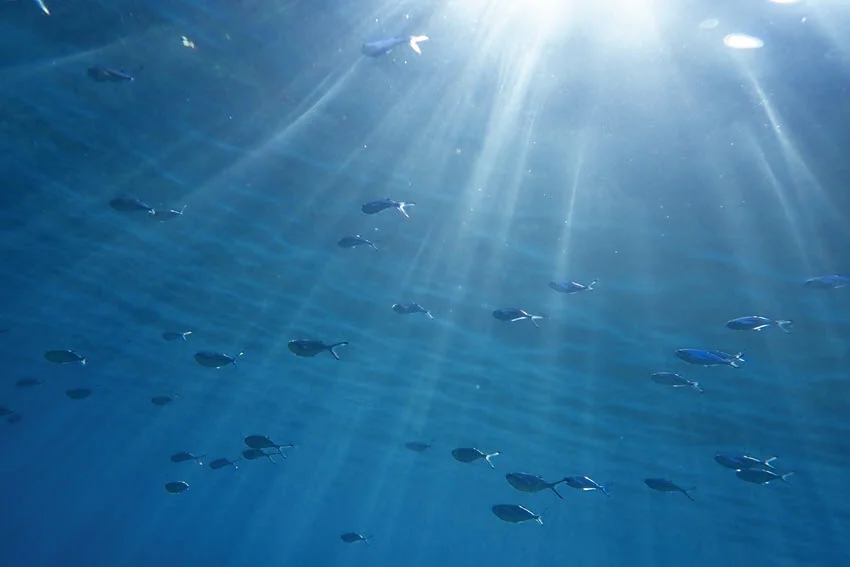
Chumming is a technique in which bait creates an attractive smell in the water. This method can be helpful for sight fishing when you want to attract fish to a particular area. Chumming can improve the chances of finding and catching fish that are otherwise harder to spot or at greater depths. Chumming is often combined with other sight fishing techniques to improve overall effectiveness.
Sight fishing will hardly leave you indifferent; it can make you angry, that's for sure, because it's a pretty sensitive technique, and it's easy to drive away a fish close enough to bite the bait! But that's precisely where her challenge lies! And besides, it allows anglers to be directly involved in the process, from spotting fish to catching it, providing a unique and eye-opening experience about fish and their world!
If you have experiences, tips, or tricks to get the best out-of-sight fishing, share your stories, catch photos, and favorite techniques in the comments below. Sharing is essential, and your experiences and ideas can help other anglers improve their skills and enjoy this fascinating technique!

The expert copywriters at Anglers Booking have meticulously crafted this article. Our dedicated team of writers provides valuable insights and information to enhance your angling experience.
Embark on unforgettable fishing adventures with us at Anglers Booking.
book your charterOctober 17, 2025
October 15, 2025
October 10, 2025
October 11, 2025
October 4, 2025
September 29, 2025
September 25, 2025
September 21, 2025

You're now part of our exclusive community. Get ready for premium content and updates straight to your inbox.
close
Subscribe to our newsletter and receive a selection of cool articles every week.
Please enter a valid email address.

Be the first to know when we're back in action.
Please enter a valid email address.
Leave a Comment
Your email address will not be published. Required fields are marked *
Thank you for your comment! It has been submitted for review and will appear on the site shortly.